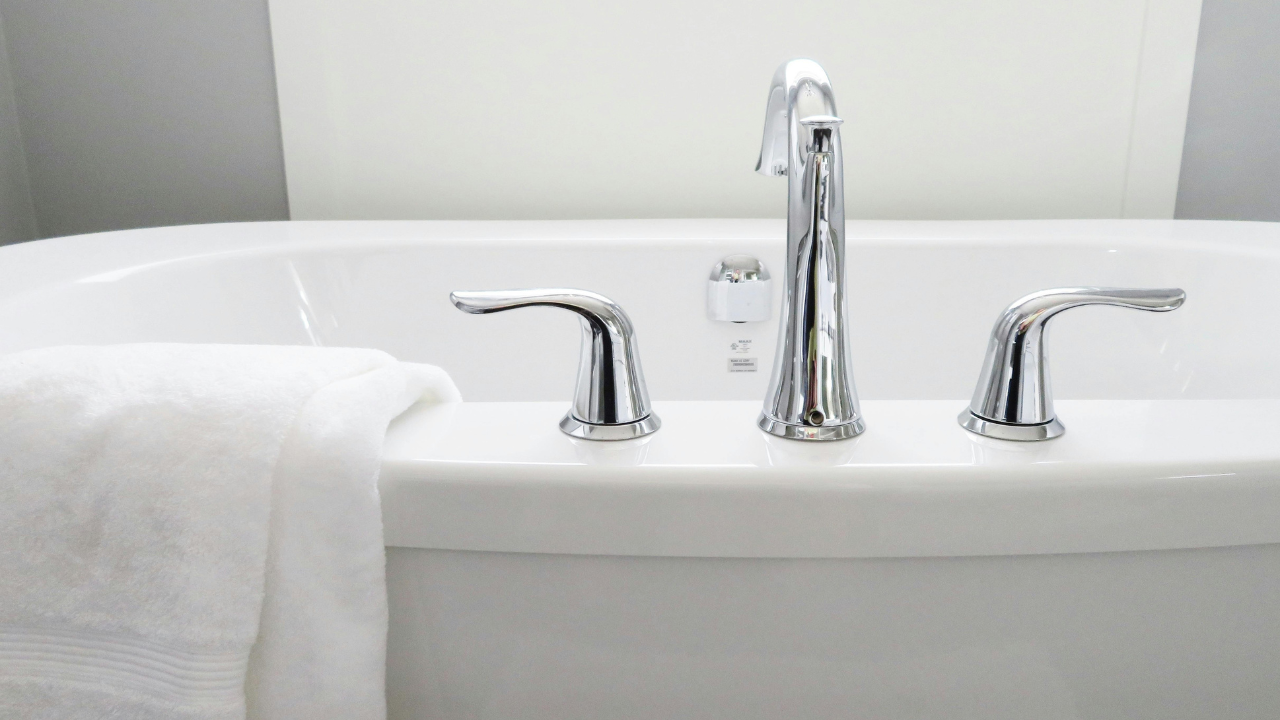
Key Takeaways
- Follow the 5S Methodology for efficient warehouse cleaning and organization.
- Pay special attention to high-traffic zones and hazardous areas when cleaning industrial spaces.
- Opt for industrial-grade cleaning tools and equipment for thorough and effective warehouse cleaning.
Implement the 5S Methodology.
Implementing the 5S methodology in a workplace is crucial for enhancing efficiency and organisation. This methodology focuses on Sort, Set in order, Shine, Standardize, and Sustain. By sorting items based on necessity, arranging them in an orderly manner, ensuring cleanliness, standardising processes, and sustaining these practices, businesses can significantly improve productivity and safety.
The first step, which is sorting, entails identifying necessary items and removing any unnecessary ones to declutter the workspace. Setting items in order helps streamline workflows, making it easier for employees to locate tools and materials efficiently. The shine phase emphasises the importance of cleanliness and maintenance to create a safe and pleasant working environment. Standardising procedures ensures consistency and quality across tasks, while sustaining these practices involves fostering a culture of continuous improvement and accountability among team members.
| Step | Description |
|---|---|
| Sort | Identify necessary items and remove unnecessary ones to declutter the workspace. |
| Set in order | Arrange items in an orderly manner to streamline workflows and improve efficiency. |
| Shine | Emphasize cleanliness and maintenance to create a safe and pleasant working environment. |
| Standardize | Establish consistent procedures to ensure quality and efficiency across tasks. |
| Sustain | Foster a culture of continuous improvement and accountability to maintain the 5S practices. |
Focus on HighTraffic and Hazardous Areas
When implementing workplace maintenance strategies, placing a focus on high-traffic and hazardous areas is crucial for ensuring a safe and efficient working environment. These areas typically bear the brunt of wear and tear, which can lead to safety hazards and decreased productivity if not properly managed. By prioritizing the cleanliness and organization of these zones, businesses can proactively address potential risks and maintain a high level of operational efficiency.
High-traffic areas such as entrances, corridors, and common workspaces are prone to accumulating dirt, debris, and clutter more quickly than other parts of the facility. Regular cleaning and maintenance in these zones not only enhance the overall appearance of the workplace but also contribute to employee health and well-being. Moreover, hazardous areas like storage rooms, manufacturing areas, or spaces with heavy machinery require extra attention to prevent accidents and ensure compliance with safety regulations. By implementing targeted cleaning protocols in these specific areas, businesses can mitigate risks and promote a culture of safety among employees.
Utilize IndustrialGrade Cleaning Equipment
When it comes to maintaining optimal cleanliness in industrial settings, the utilization of industrial-grade cleaning equipment is paramount. These robust machines are specifically designed to tackle the tough and large-scale cleaning requirements of industrial environments. From high-powered vacuums to industrial scrubbers and sweepers, these equipment options ensure thorough and efficient cleaning processes that are tailored to industrial needs.
Industrial-grade cleaning equipment not only enhances the overall cleanliness of the facility but also plays a crucial role in promoting a safe working environment. By effectively removing dust, debris, and hazardous materials, this equipment helps in reducing potential risks and promoting the well-being of employees. Additionally, with the use of high-quality cleaning machines, industrial facilities can adhere to stringent hygiene standards and regulations, ensuring compliance and upholding a professional standard of cleanliness.
Conclusion
In summary, implementing the 5S methodology in the workplace can significantly improve efficiency, productivity, and safety. By focusing on high-traffic and hazardous areas, companies can create a cleaner and more organized environment, leading to better workflow and reduced risks of accidents. Utilizing industrial-grade cleaning equipment is crucial for maintaining a high standard of cleanliness and ensuring the longevity of machinery and equipment.
Overall, adopting these practices not only enhances the overall appearance of the workspace but also promotes a culture of responsibility and accountability among employees. By following these guidelines, businesses can experience lower operating costs, higher employee morale, and improved customer satisfaction. Prioritizing cleanliness and organization is not just a choice but a necessity for companies looking to thrive in today’s competitive landscape in the industrial sector.
FAQS
What is the 5S Methodology and how can it help with industrial cleaning in warehouses?
The 5S Methodology is a system for organizing workspaces to improve efficiency and effectiveness. It stands for Sort, Set in order, Shine, Standardize, and Sustain. Implementing this methodology can help keep warehouses clean and organized.
Why is it important to focus on high-traffic and hazardous areas when cleaning industrial warehouses?
High-traffic and hazardous areas in warehouses are more prone to dirt, spills, and safety hazards. By focusing on these areas during cleaning, you can ensure a safe working environment for employees and prevent accidents.
How can industrial-grade cleaning equipment benefit warehouse cleaning practices?
Industrial-grade cleaning equipment is designed to handle the tough cleaning tasks present in warehouses, such as oil spills, dirt buildup, and grime. Using such equipment can improve cleaning efficiency and ensure a thorough clean.
What are some common challenges faced when cleaning industrial warehouses?
Some common challenges when cleaning industrial warehouses include dealing with large floor areas, hard-to-reach spaces, heavy machinery, and hazardous materials. Implementing best practices and using appropriate equipment can help overcome these challenges.
How often should industrial warehouses be cleaned to maintain a safe and hygienic environment?
The frequency of cleaning industrial warehouses depends on factors such as the type of industry, foot traffic, and presence of hazardous materials. Generally, warehouses should be cleaned regularly, with high-traffic and hazardous areas cleaned more frequently to ensure a safe and hygienic environment for workers.
